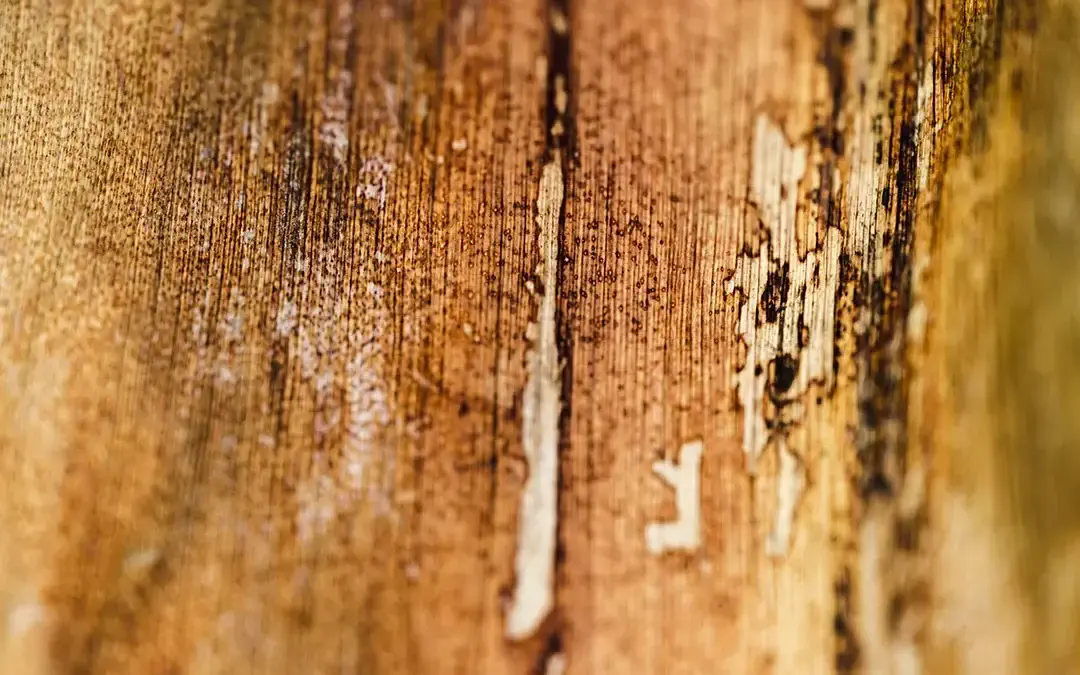Wet rot is a common form of wood decay caused by excessive moisture. It weakens timber, leading to structural damage in homes and buildings. Unlike dry rot, which spreads aggressively, wet rot remains confined to the damp areas where moisture persists. However, if left untreated, wet rot can compromise the integrity of wooden structures, leading to costly repairs.
How Wet Rot Develops
Wet rot occurs when wood is exposed to excessive moisture for prolonged periods. The fungus responsible for wet rot thrives in damp environments, breaking down the wood’s structure and reducing its strength. Common causes of wet rot include:
- Leaking pipes or plumbing issues
- Poor ventilation in basements, attics, and crawl spaces
- Roof leaks
- Condensation buildup
- Faulty gutters and downspouts
If you notice signs of wet rot, it is crucial to take immediate action to prevent further damage.
Signs of Wet Rot
Identifying wet rot early can help you avoid costly structural repairs. Here are some common signs:
- Soft, spongy, or crumbly wood
- Discoloration or darkened timber
- A damp, musty smell
- Cracking or warping of wooden surfaces
- Fungal growth on wood
- Peeling paint or wallpaper due to underlying dampness
Since wet rot remains localized to areas with high moisture, it is essential to fix the source of the moisture before treating the affected wood.
Wet Rot vs. Dry Rot
Both wet rot and dry rot are forms of wood decay, but they have distinct differences:
- Wet Rot: Requires consistent moisture to thrive. It remains localized and does not spread aggressively. Commonly found in bathrooms, basements, and areas with persistent leaks.
- Dry Rot: Can spread beyond the damp area because it produces spores that travel through the air. Dry rot causes more extensive damage and requires professional intervention.
Understanding the difference between wet rot and dry rot helps property owners choose the right treatment approach.
Wet Rot Treatment
Effective wet rot treatment involves three key steps: identifying the source of moisture, repairing the damage, and protecting the wood from future decay.
1. Identify and Eliminate the Moisture Source
The first step in wet rot treatment is to address the root cause of the moisture problem. Common solutions include:
- Fixing leaking pipes, roofs, or gutters
- Improving ventilation in damp areas
- Installing a dehumidifier to reduce humidity levels
2. Remove and Treat the Affected Wood
Once the moisture issue is resolved, the next step is treating the affected wood:
- Remove decayed wood that is beyond repair.
- Apply a fungicidal treatment to kill any remaining fungal spores.
- Reinforce weakened structures with wood hardeners or resin treatments.
3. Prevent Future Wet Rot
Preventing wet rot is crucial to protecting your home from future damage. Key prevention methods include:
- Sealing and waterproofing wooden structures
- Regular home inspections to detect leaks and damp areas early
- Using treated timber for construction
Why Wet Rot Is a Concern for Homeowners in Long Island, Brooklyn, Queens, and the Bronx
Homes in Long Island, Brooklyn, Queens, and the Bronx are particularly vulnerable to wet rot due to fluctuating humidity levels, coastal weather conditions, and aging infrastructure. These regions experience high rainfall, storms, and humid summers, which create the perfect conditions for moisture buildup. Additionally, older homes with outdated drainage systems and insufficient waterproofing are at an increased risk of developing wet rot. Homeowners in these areas should prioritize regular inspections, moisture control, and timely repairs to prevent structural damage caused by wet rot.
When to Call a Professional
While minor wet rot issues can sometimes be managed with DIY repairs, extensive damage requires professional intervention. If you suspect wet rot in your home, contacting a waterproofing and restoration expert like Zavza Seal LLC can save you time and money. Our experienced team specializes in wet rot treatment, structural repairs, and moisture management solutions tailored to New York properties.
Call our experts for a free inspection today at (631) 980-1800!
Final Thoughts
Wet rot is a serious issue that can lead to structural damage if ignored. By understanding the causes, signs, and treatment options, homeowners can take proactive steps to protect their properties. If you notice signs of wet rot, act quickly to eliminate moisture sources and restore the affected areas.
For professional wet rot treatment in Long Island, Brooklyn, Queens, and the Bronx, contact Zavza Seal LLC today. Our team is here to help safeguard your home from moisture damage and ensure long-lasting protection.
Related Blog Posts:
- How Long Does the Restoration Process Take for Homes With Water Damage?
- What to Do If Your Home Has Water Damage?
- Signs of Water Damage in the Basement Walls
- Water Damage & Mold: Everything You Need To Know in 2023
- Things You Should Know About Water Damage
- Who Do I Call After My House Has Water Damage Restore?
- What Causes Water Damage to Floors and Walls
Related Services:
Our service areas:

